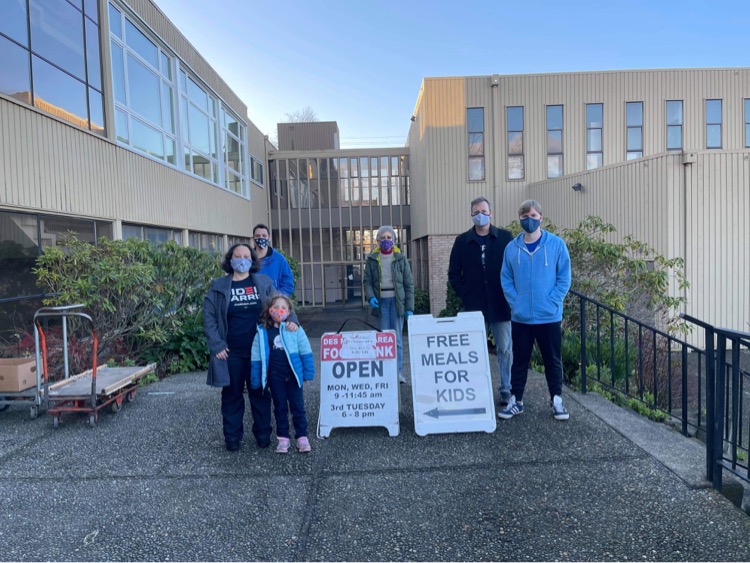Issue #227
As viewing habits change, political campaigns also must change

For half a century, television ads have been the staple of political campaigns, the preferred, if costly, vehicle for communicating a candidate’s message to the voters. What happens when people stop watching live television? That day hasn’t arrived yet and probably never will. But the outlines of the new world of television watching habits—and their implications for political campaigns—were highlighted in a survey released Thursday at a conference hosted by Harvard’s Institute of Politics and the Internet Association. The survey, presented by Robert Blizzard of the Republican firm Public Opinion Strategies and Julie Hootkin of the Democratic firm Global Strategy Group, concluded that the country has reached “a tipping point” in the competition for viewers between traditional live television and other forms of viewing content. “That means, for political campaigns, reaching younger, more diverse, swing voters through live TV advertising alone is problematic,” the authors wrote in their analysis. This is the third such survey in the past four years. For the first time, fewer than half (48 percent) of all voters say that live TV is their primary source for watching video content. The second-most-preferred form for viewing is through recorded programming, but a majority said they skip 100 percent of the ads when they watch. Washington Post, 3-15-14.

